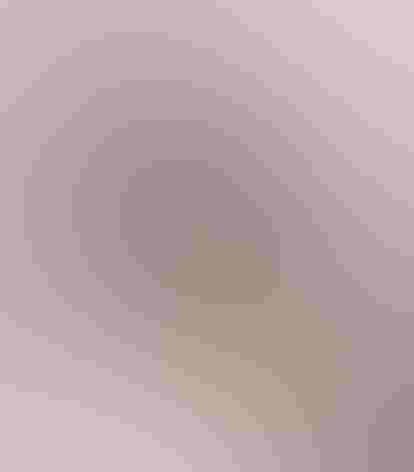Dusky Flycatcher
At a Glance
Among the confusing Empidonax flycatchers in the west, birders know the Dusky as a bird in the middle. It is intermediate in size and shape between the Hammond's and Gray flycatchers; its breeding habitat is also intermediate, at middle elevations in the mountains, where tall conifers stand among shrubby low thickets. Pioneer ornithologists in the west often confused the Dusky and Gray flycatchers, and they debated for years whether or not there were really two species.
All bird guide text and rangemaps adapted from Lives of North American Birds by Kenn Kaufman© 1996, used by permission of Houghton Mifflin Harcourt Publishing Company. All rights reserved.
Category
Perching Birds, Tyrant Flycatchers
IUCN Status
Least Concern
Habitat
Arroyos and Canyons, Forests and Woodlands, High Mountains, Shrublands, Savannas, and Thickets
Region
Alaska and The North, California, Northwest, Plains, Rocky Mountains, Southwest, Texas, Western Canada
Behavior
Flitter, Hovering
Population
8.800.000
Range & Identification
Migration & Range Maps
Arrives on breeding grounds mostly in May, departs mostly in August. Evidently migrates at night.
Description
5 1/4-6" (13-15 cm). A drab western Empidonax flycatcher. Has eye-ring and wing-bars, but otherwise lacks obvious marks. Bill and tail slightly longer than Hammond's Flycatcher, shorter than Gray Flycatcher.
Size
About the size of a Sparrow
Color
Gray, Green, Tan, Yellow
Wing Shape
Rounded
Tail Shape
Notched, Square-tipped
Songs and Calls
Song similar to that of Hammond's Flycatcher: a staccato series of chirps, transcribed as se-lip, churp, treep. Call is a sharp whit.
Call Pattern
Flat, Rising, Undulating
Call Type
Buzz, Chirp/Chip, Hi, Trill
Habitat
Breeds in mountain chaparral (Canadian-zone brush) with scattering of trees. Favored habitat includes both trees and low bushes: varies from open conifer forest with understory of deciduous shrubs, to brushy slopes with a few taller trees. In migration, often in foothills. Winters in streamside woods in southwest, or in a variety of semi-open habitats in Mexico.
Sign up for Audubon's newsletter to learn more about birds like the Dusky Flycatcher
Behavior
Eggs
4, sometimes 2-3, rarely 5. Smaller clutches may be laid on second attempts after first nesting fails. Eggs dull white, rarely dotted with brown. Incubation is by female only, usually 15-16 days.
Young
Brooded by female, and fed by both parents. Young leave the nest about 15-20 days after hatching, may be fed by parents for another 3 weeks. 1 brood per year.
Feeding Behavior
Forages by watching from an exposed perch (often on a dead branch), then flying out to capture insects, usually in the air. Sometimes drops to ground or hovers next to foliage or bark to capture insects there.
Diet
Insects. Diet not known in detail, but so far as known feeds entirely on insects, including moths, bees, wasps, grasshoppers, damselflies, caterpillars, butterflies, and undoubtedly others, probably all of rather small size.
Nesting
Male defends nesting territory by singing from prominent perch; occasionally performs short flight-song display. In courtship, both sexes hop about in branches, fluttering wings. Nest site is usually in deciduous shrub, less often in conifer; usually 3-6' above ground, rarely up to 16'. Placed in vertical fork among dense foliage. Nest (probably built by female only) is cup of grasses, weeds, shreds of bark, lined with plant down, feathers, animal hair, and other soft materials.
Conservation
Conservation Status
Still widespread and fairly common.
Climate Threats Facing the Dusky Flycatcher
Choose a temperature scenario below to see which threats will affect this species as warming increases. The same climate change-driven threats that put birds at risk will affect other wildlife and people, too.


